There are a great number of interesting trends that have come up this year that have been strongly influenced by the many changes that we have been faced with in recent times. The Covid 19 pandemic bringing us all home, plus the drastic increase in the cost of housing and the availability of affordable housing have been the biggest influencers in the way we see our homes. The other main factors that influence this trend is the growing awareness that we have of our physical and mental health and the relationship it has with the health of our environment. Collectively, this has created a massively desired need for Biophilic Design in our homes.
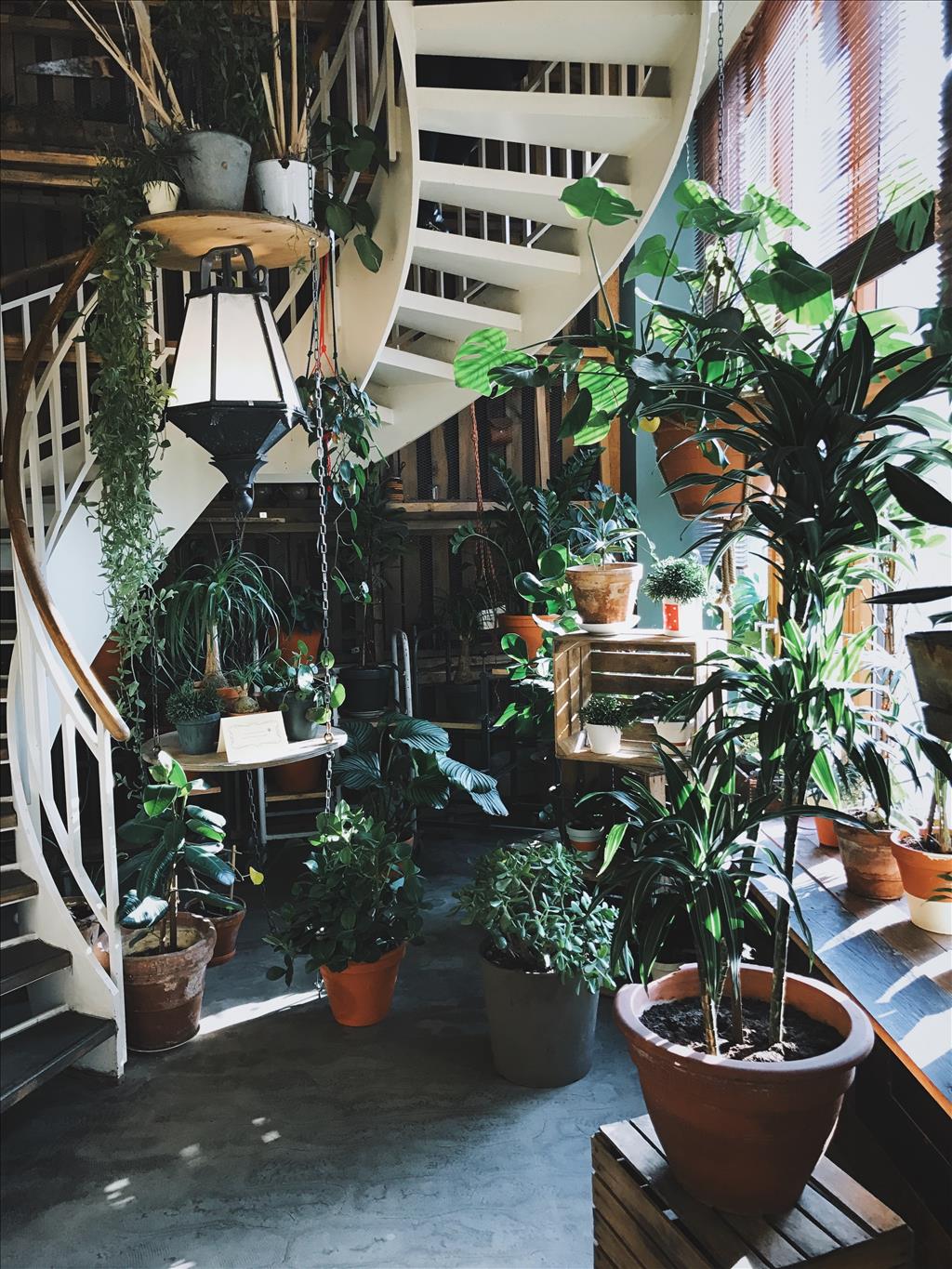
What is Biophilic Design?
Biophilia (meaning love of nature) focuses on human’s innate biological connection with nature and natural processes. Biophilic design dates to the early 1980s, when biologist Edward O. Wilson outlined his philosophy of biophilia. Wilson hypothesized that we all have a genetic connection to the natural world built up through hundreds of thousands of years of living in agrarian settings. The much-studied belief is that we long for it and without connecting with it, our health could suffer.
The concept of biophilic design in historic structures and places suggests that it is not a new phenomenon. Representations of nature through art and structural design has been evident over thousands of years all over the world. Cultures around the world have commonly brought nature into the home environment. Garden courtyards of the Alhambra in Spain, porcelain fishbowls in ancient China or cottage gardens in medieval Germany are examples of this trend.
Biophilic design seeks to connect our inherent need to affiliate with nature in the modern built environment. Since today’s “natural habitat” is largely the built environment, where we now spend 90% of our time, biophilic design seeks to satisfy our innate need to affiliate with nature in our modern living and working environment. The goal being that we are creating beneficial spaces in our built environment that incorporate direct experiences with nature.
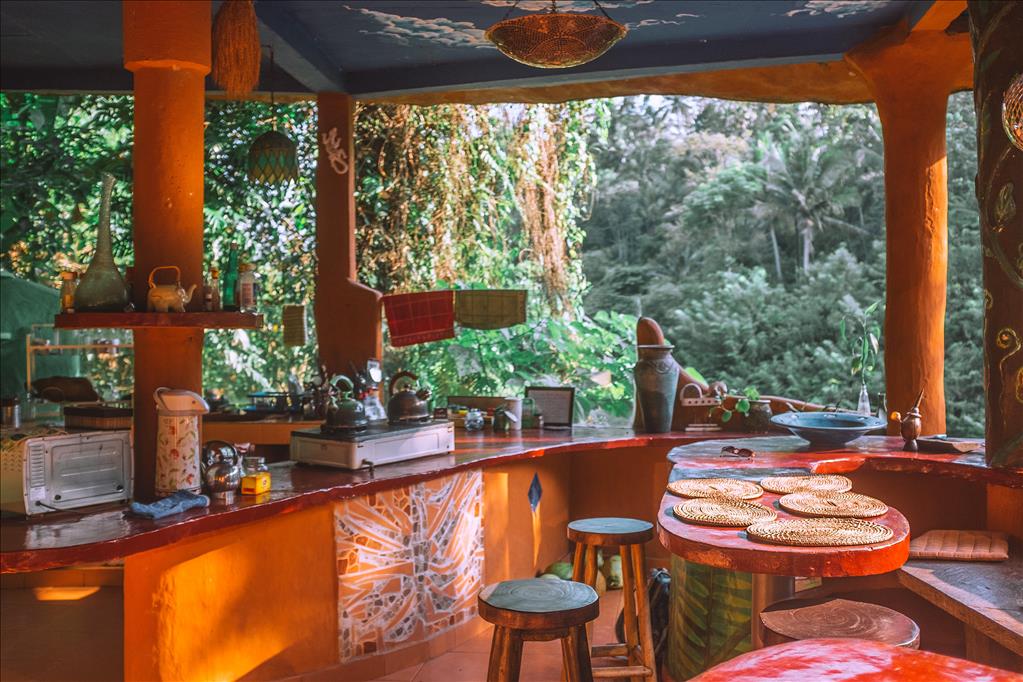
A landmark 2019 study found that children in Denmark who had been exposed to more greenery had 55% less mental health problems later in life compared to those who were not exposed to nature. The World Health Organisation identifies stress related illness, such as mental health disorders and cardio-vascular disease, to be the two largest contributors to disease today. Incorporating direct or indirect elements of nature into the built environment have been demonstrated through research to reduce stress, blood pressure levels and heart rates, whilst increasing productivity, creativity, and overall well-being. What more do we need to know that bringing out outdoors in and indoors out is the best investment we can make in our homes and out health? The good news is that there are many ways we can get in on this trend and incorporate Biophilic Design into our homes with almost any budget.
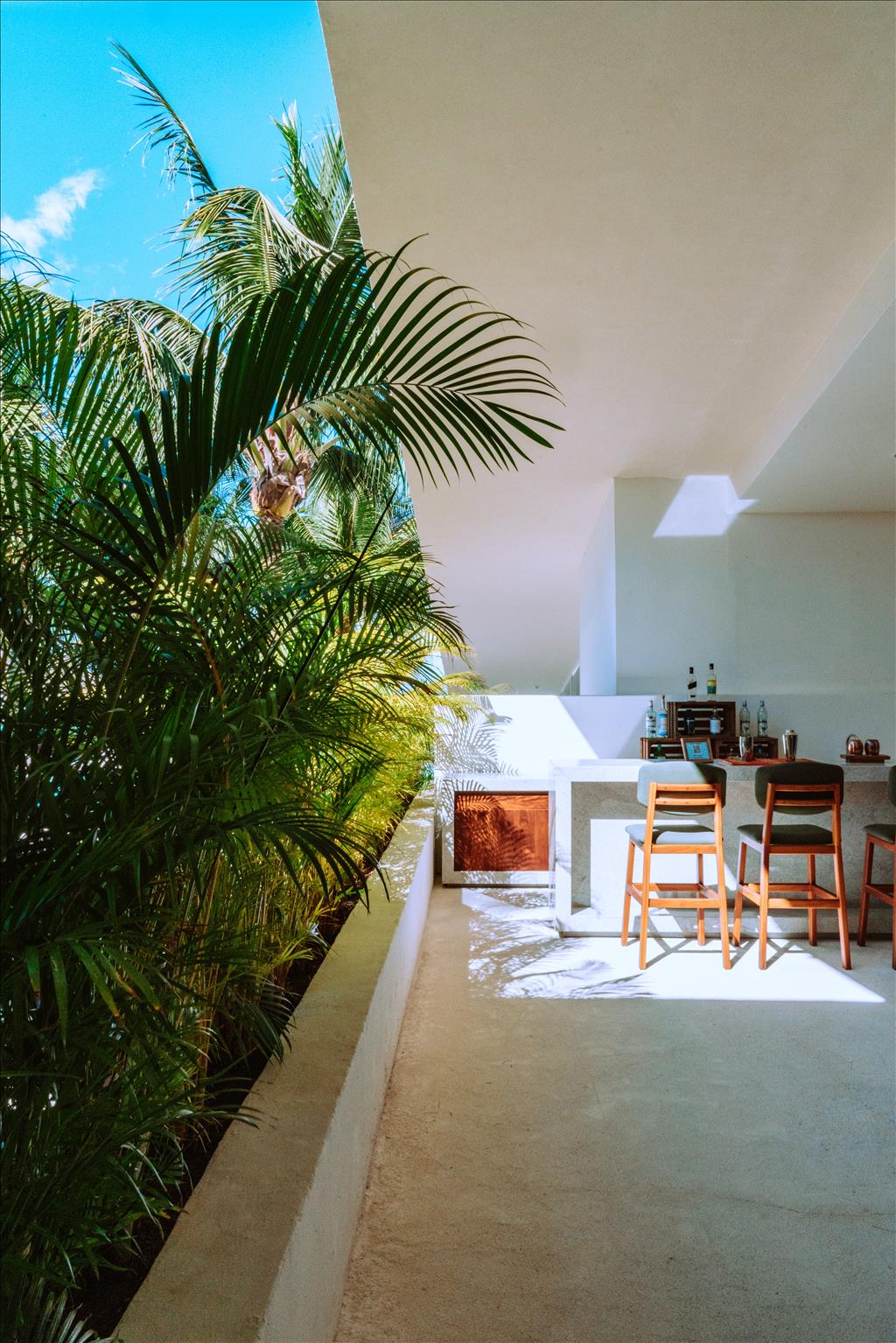
How do we incorporate Biophilic Design into our homes?
Our homes are the most important spaces in our lives and have a huge impact on our health and happiness. In the built environment, direct experiences of nature refer to plants, light, water, and natural air movement. The focus is on improving any aspect that provides direct contact with green elements. Overall, the most distinguishing feature of Biophilic Design is its emphasis on the overall setting or habitat. The concept of making all organisms exist within connected and related environments bound together as integrated ecosystems. There are a great many ways to foster these ideals and make them work in your home. Here we have identified the major elements and some examples of ways you can incorporate them into your renovations to increase the quality of your living space and the value of your home.
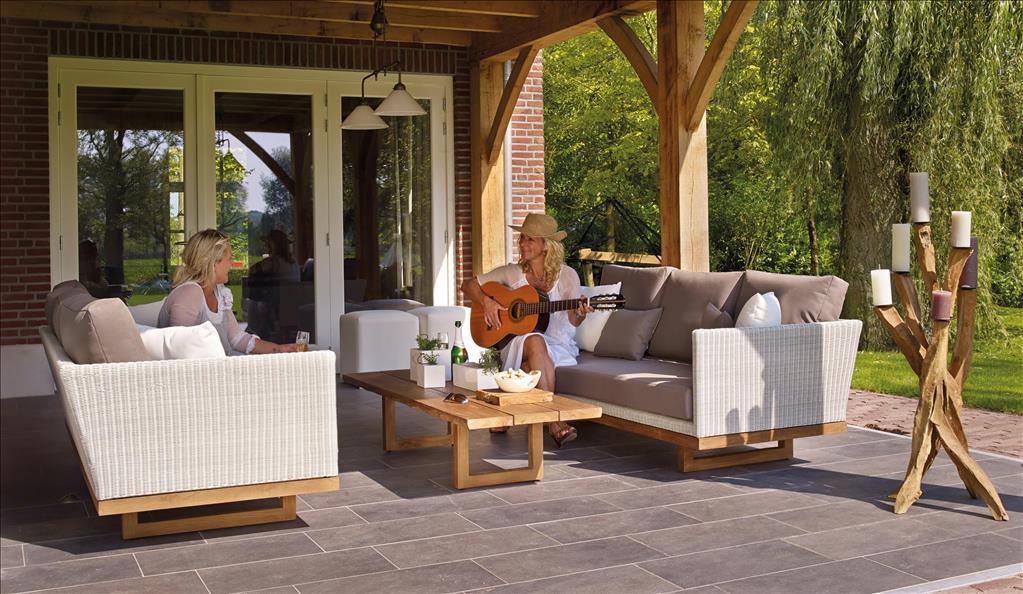
Air
Breathing in fresh air improves your immune system function and your mood. If you are finding that you are a little too boxed in, some options to consider in your renovations are creating connecting indoor to outdoor spaces with wide opening doors that improve the flow of air into the home and enlarge the space you use to dwell in. The addition of decks, balconies, pergolas and patios is an investment well worth making. Adding quality outdoor spaces that flow off your home will effectively entice you to want to go outside and spend more time there, as well as making your home appear larger. The addition of sky lights and large windows is also a great way to bring the movement of clean air through the home.
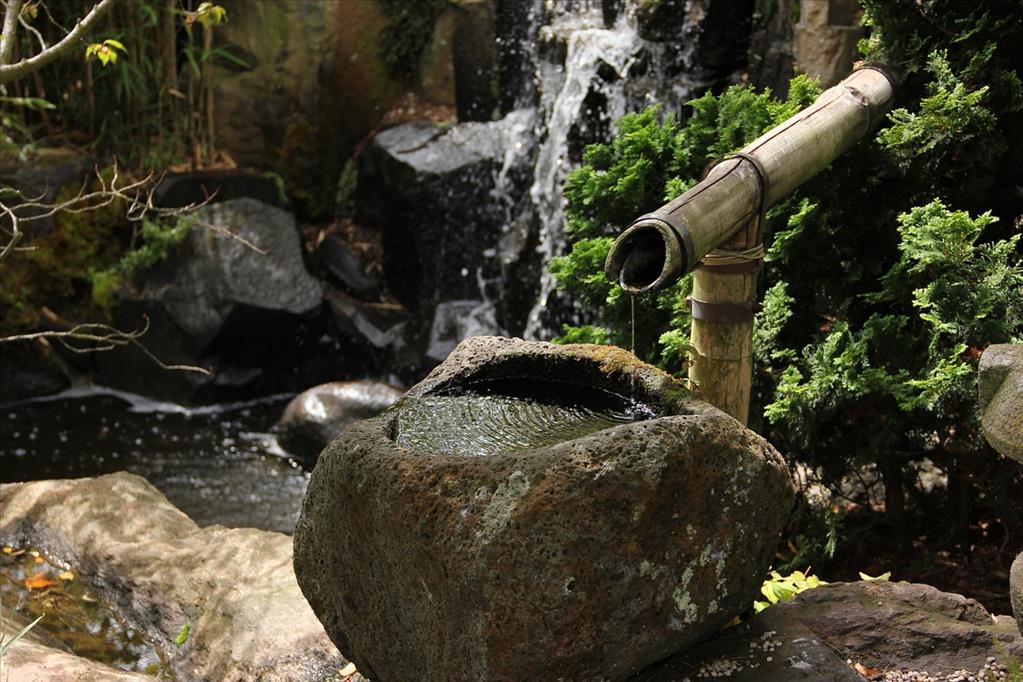
Water
There are numerous ways to incorporate water into the design on your home providing multi-sensory aspects to your design. Depending on your budget and space, you can incorporate this element with the addition of a small pond in the landscaping of your garden that can provide you with a visual feature to your garden as well as a home for plants, animals, and other living organisms. The addition of a small fountain alongside an outdoor living space or designed within an indoor space, can also provide an element of luxury to the home. Providing a sensory feature of the relaxing natural sound of trickling water.
These days, we are becoming more aware of the amount of space we have in our urban jungles. An example of a trending and innovative design option has been garden landscaping in those narrow spaces at the sides of houses that usually go unnoticed. When a bedroom window presents a view of a drab bare fence, this has then become the perfect spot to build a tall water feature adding to the aesthetic of a room indoors through its visual and sound effects that come from a simple installation. If you have limited space, you do not need to assume that a water feature is too cumbersome and option.
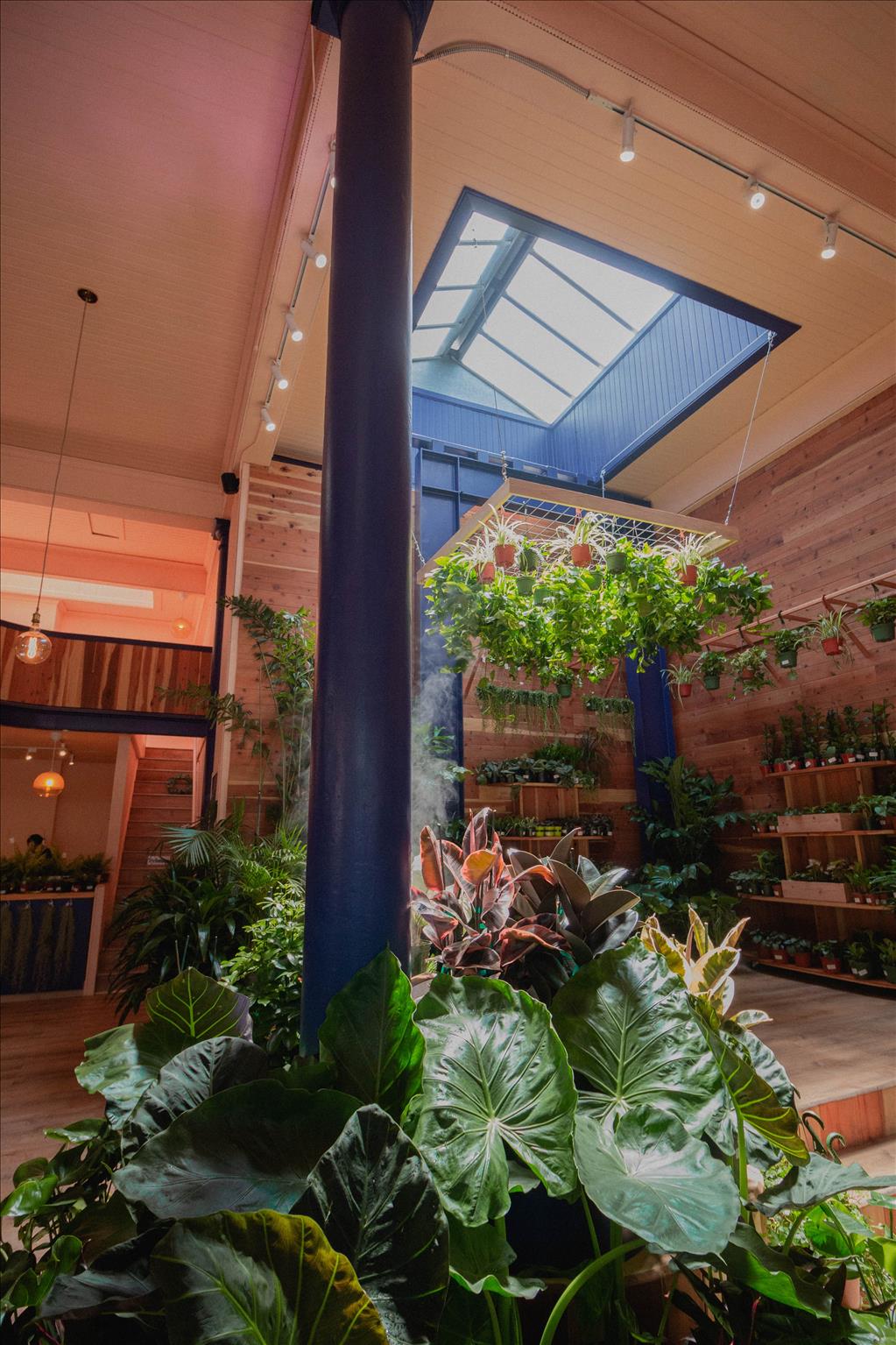
Greenery
This aspect of design favours green in all its forms. Whether it is accessorizing your home with plants or using green paint. Scientists think that plants could act like sensors to help keep tabs on things like mould and volatile organic compounds in our buildings. The simplest way to do this is by adding greenery in pots, trailing plants hanging from the ceiling or a herb garden on the kitchen windowsill. In many new home and extension designs, the building of spaces specifically for housing plants has become very popular. As we all know, this can help to provide better air quality to the home as well as provide natural elements of colour and texture to break up the straight and geometric lines of any structure.
Even outdoors, we want to focus on incorporating quality garden landscapes whether we have large or small spaces. The best garden designs will make the outdoors much more inviting as well as provide visual benefits looking out from indoors. The most effective options will always be to use native plants and trees. When doing this you find the maintenance of a garden is very minimal and is friendly to those with busy lifestyles while providing a habitat local native fauna needs to thrive. For those who have a bit of a green thumb, building raised garden beds for growing fresh food can be motivating and provide the household with amazing health benefits.
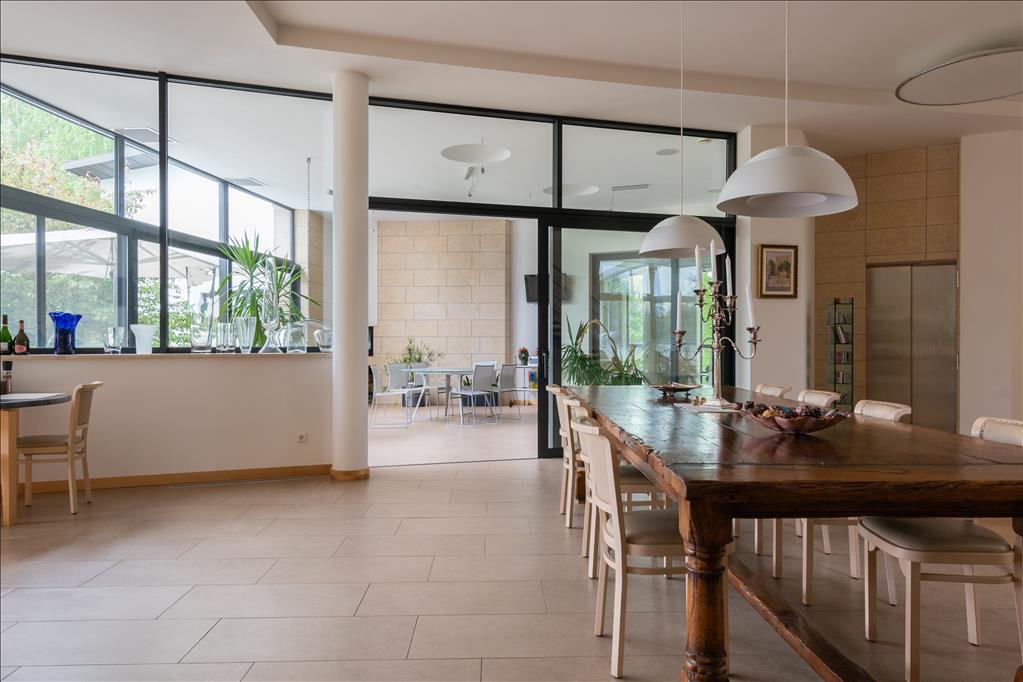
Light
Similar to what was touched on with air, light is also an element that is a strong part of biophilic design. The easiest way to start is by making the most of available natural light by keeping your windows clear, clean and unobstructed by blinds and curtains. When considering the extension or modification of your home, strategical selection and placement of suitable windows and doors will help you to enhance the quality of light in your home. This will decrease the use of energy to provide lighting and in the winter months, warmth.
When planning your new home or extension, consider the internal layout very carefully planning to position furniture you will sit or lay on as close to windows as you can. Light levels one meter from a window will be significantly brighter than even three meters away. When considering your outdoor living space, comfortable furniture can be life changing and encourage you to utilise that space when it is readily available to you. It is a major reason why in coastal regions of NSW we are creating more versatile outdoor living spaces that can be used year-round with the changing climates we experience through the seasons.
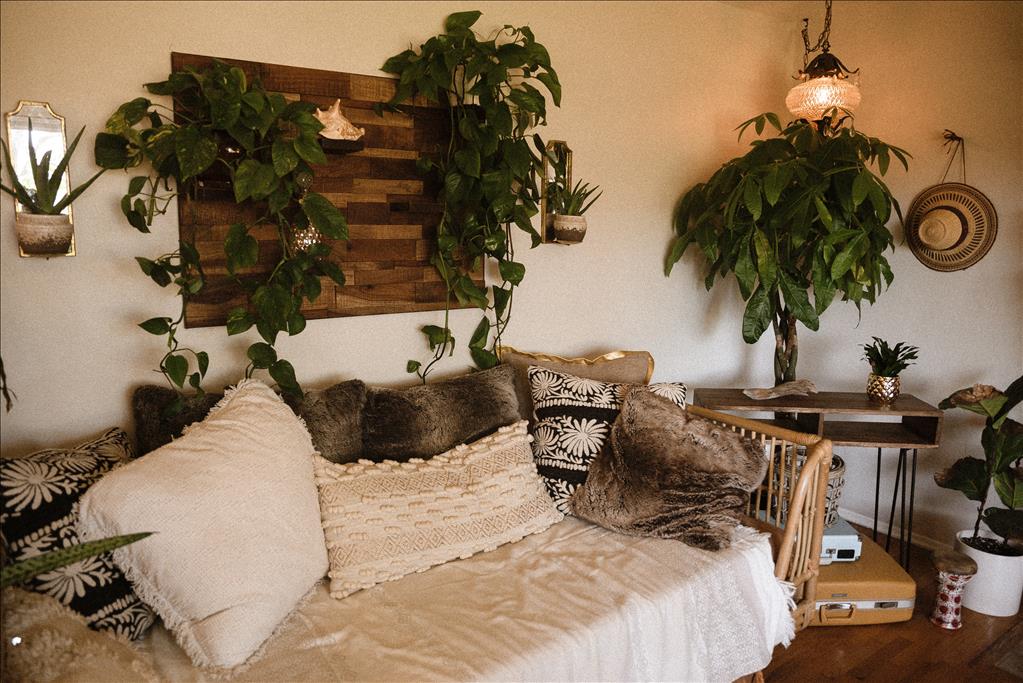
Art
Any one of the previously mentioned elements can work on their own or be combined to create natural art to your home through design in any space. Nature is plentiful with colours, each season bringing in a different theme. Don’t shy away from using bold colours derived from nature in and around your home. It can be an accent wall that utilises colours and textures that enhance the feeling of nature or furniture made with natural materials (renewable materials preferably). Simply by adding images or paintings depicting forests, oceans, rivers, flowers or garden, provides the mind with that connection to nature. Decorating with pieces of nature that you enjoy like dried flowers, a piece of driftwood, pinecones or seashells can help enhance the mood of any room in your home.
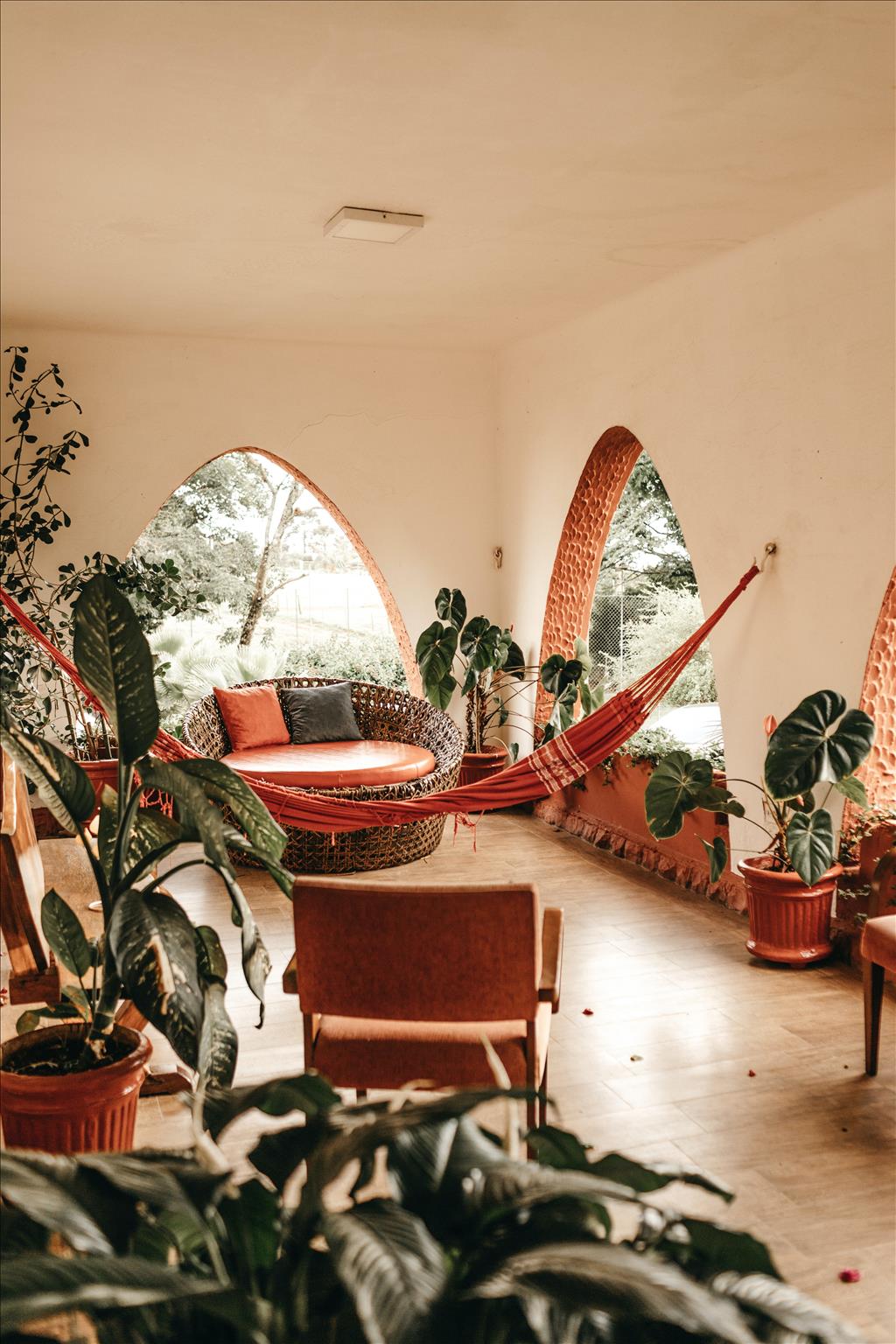
Implementing the use of natural materials in the design of your indoor and outdoor living areas or your garden landscapes, allows you to create sculptures to enhance the multi-sensory benefits that biophilic design is all about. Even the careful selection of plants, shrubs and trees to update your outdoor areas by selecting a variety of colours, textures, scents and height to create a natural living work of art.
Biophilic design depends on repeated and sustained engagement with nature. It requires reinforcing and integrating design interventions that connect with the overall setting or space. When thinking about your home and garden, considering the elements of Biophilic Design and how you can use them is going to provide you with the best outcome long term whether you are looking at enhancing your quality of living or upgrading your home to sell. There are multiple options and ideas that can work with almost any budget and space.
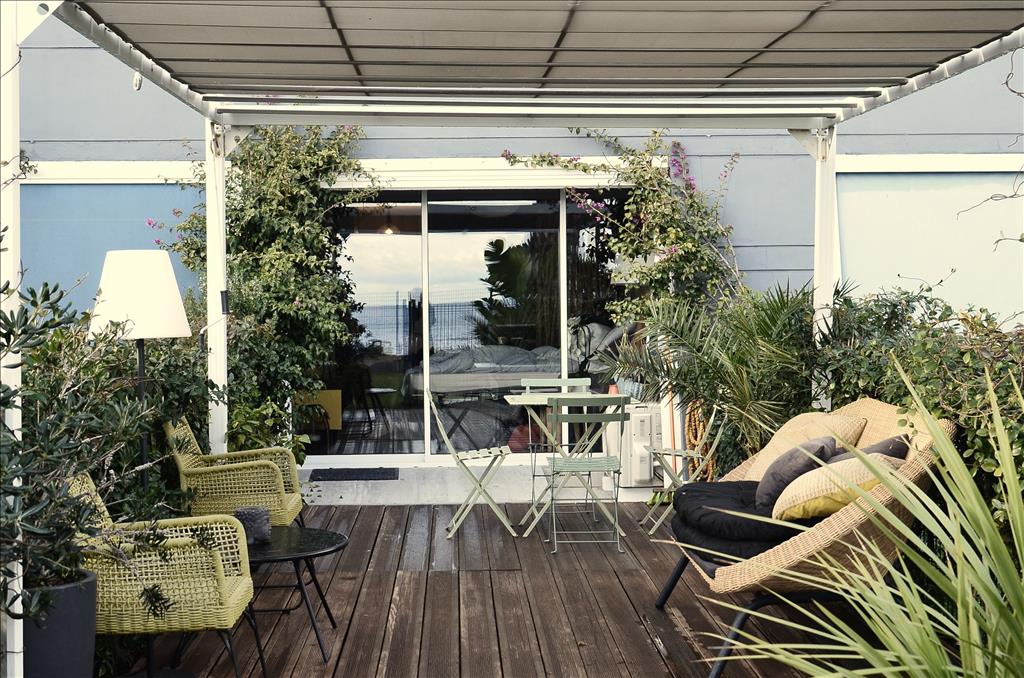
If you are stuck on ideas of how to plan your home or garden, let us at Auscape Exterior Transformations work with you towards your goals to create a package that makes the most of your budget. If you have already started planning and would like some advice on how to enhance your plans to incorporate elements of Biophilic Design, get in touch with us and one of our experts can help provide options to help enhance your indoor and outdoor space and build a healthy home.